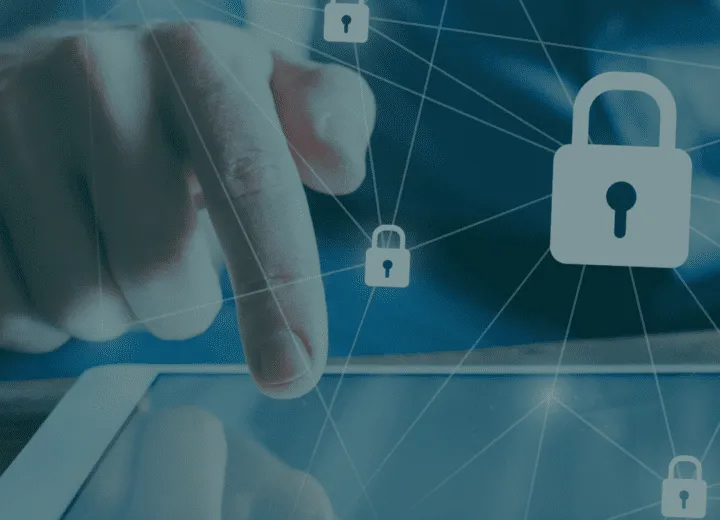
Over the past few years, the education sector has become an increasingly popular target for malware and ransomware attacks. In fact, just in August 2022, over 80% of the world’s malware attacks targeted organizations in the education sector1. The combined lack of progress in security measures and the amount of valuable personal data necessary for school board operations has made the sector look like an easy win for threat actors. And they are not wrong, in 2021, 74% of ransomware attacks in the education sector succeeded2.
As a new school year begins, it’s time to start fresh and build up a more secure cyber security system for students and staff. In this blog, we will walk through our top three tips for protecting these valuable assets in the education sector.
The Ramifications of Attacks in Education
In recent months, data breaches have impacted thousands of students across North America. They are taking a toll on the finances and reputations of both k-12 and higher education institutions.
There are several ways these attacks affect educational institutions. First, cybercriminals often steal personal data because it is highly valuable on the dark web. Additionally, there may be medical, scientific or regulatory machinery that is vulnerable to tampering. These machines can be used in valuable scientific studies, for medical trials or for regulatory operations like attendance or access to student housing.
Finally, one of the major problems for school boards is ransomware which has become quite common in this industry. In these instances, school districts are required to pay a ransom to get access to their highly sensitive data including children’s addresses and contact information or risk it becoming public information. Due to the sensitive nature of the data, school boards and educational institutions are highly motivated to pay the ransom.
Unfortunately, the risk for the education sector is large and growing. School Boards and private institutions need to start taking cybersecurity seriously or risk serious consequences.
Top Tips for Cybersecurity in Education
Luckily, schools and other educational institutions can protect themselves from cybercriminals, even with limited budgets and rapidly changing environments. Here are our top tips:
- Ensure flexibility within your security program
One of the main challenges with cybersecurity in education is that you can’t lock institutions down. The education sector needs flexible and dynamic security frameworks to grow with them. With fluctuating staff and student numbers, frequently changing technologies on campus and the adoption of thousands of new student devices, schools cannot afford to be restricted by ten-year security contracts or fixed assets.
Educational institutions need a collaborative and modular approach to cybersecurity like the Difenda Shield that can adapt to its changing environment.
- Make the move to cloud-based security
Cloud-based solutions offer the flexibility schools need. They enable scalability, have multiple storage options, allow for greater controls, and provide increased features that allow your system to evolve over time.
Many school boards are still hesitant to make the transition to the cloud for two reasons: quality education and finances. But an important benefit of cloud-based solutions like Microsoft is that it has the power to enable personalized, collaborative, and immersive learning experiences using technology. Students and teachers are better able to share documents, communicate online and work together with Microsoft 3653. Not only that but, cloud-based security solutions can help you save on operational budgets, traditional equipment, and resources like servers and maintenance.
- Take advantage of automation capabilities where possible
With so much activity on the attack surface of educational institutions, it is important to take advantage of automation wherever possible to better protect your environment. Automation capabilities allow your organization to identify and respond to threats quicker with automated processes that proactively alert key members of your security teams, ingest data, coordinate responses, and make remediations.
Proactive Preparation
Although no one can determine exactly when a cybersecurity attack will happen, we know it will happen repeatedly without the proper security precautions in place. In January of 2022 alone, roughly 5,000 schools saw their websites go dark due to ransomware and we do not see this slowing down. The trajectory of events is on the rise and now is the time to tighten up cybersecurity in educational institutions.
Cloud-based, highly modular, and automated cybersecurity architecture makes it much more practical for the education sector to control the uncontrollable.
When dealing with extremely sensitive information, like personal data for children and young adults, the situation is critical. School boards and Colleges need to do everything in their power to protect themselves, their staff, and their students. Upgrading infrastructure and security policies is paramount.
Get On Demand insight and support on the increasing demand for regulatory compliance and security program maturation in the education sector! Get Access by completing the form below!

References
- https://atlasvpn.com/blog/over-80-of-malware-attacks-target-education-sector-as-back-to-school-season-nears
- https://www.insidehighered.com/news/2022/07/22/ransomware-attacks-against-higher-ed-increase
- https://customers.microsoft.com/en-ca/story/1492500793948644951-catholic-district-school-board-of-eastern-ontario-education-cloud-technologies


